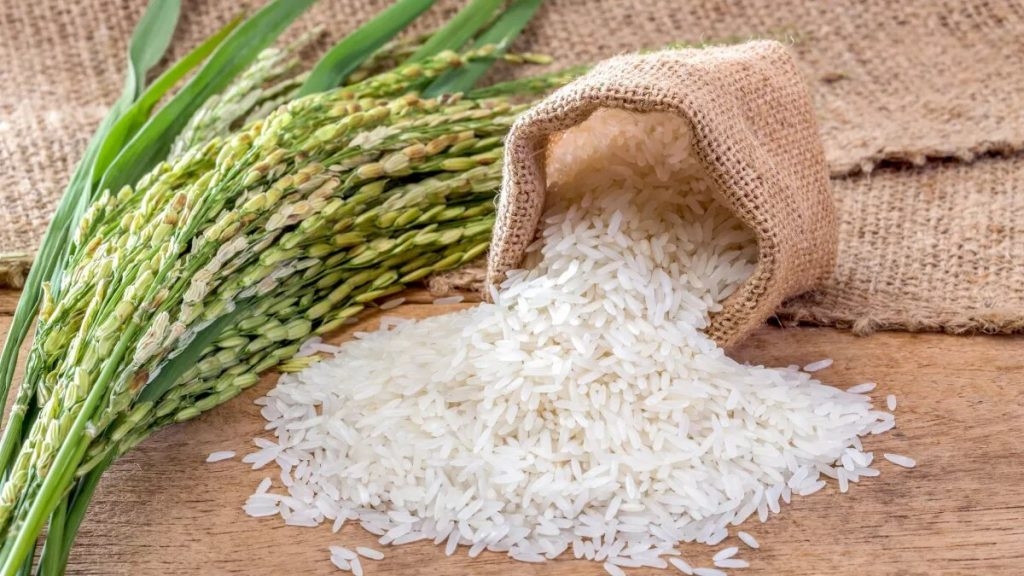India's lifting of rice export restrictions has sent rice prices plummeting

After India lifted the last of its existing rice export restrictions, prices for benchmark white Thai rice fell to $405/t, from $669/t in January 2024, the Financial Times reports.
Falling rice prices will increase pressure on food wheat prices, the global production of which could reach a record level in the new season.
The lifting of restrictions on rice exports will allow India to increase its agricultural and food exports to boost farmers' incomes amid a general economic downturn. According to Commerce Minister Piyush Goyal, the country plans to increase its exports from $48.15 billion in 2023-2024 to $100 billion by 2030.
India restricted rice exports in 2022, after which the price of white Thai rice rose to the highest level since 2008. In September 2024, India began to ease restrictive measures, due to which rice exports from 14 million tons in 2023 could grow to a record 21.5 million tons in the period from September 2024 to October 2025.
The return of Indian rice to the market will negatively affect exporters from Pakistan, which increased their market shares in Indonesia and East Africa after the reduction in supplies from India. According to estimates by the US MSG, rice exports from Pakistan from May 2024 to April 2025 will decrease by 11.4% compared to the same period of the previous season to 5.8 million tons. At the same time, African countries and feed and ethanol producers in East Asia will be able to buy rice again at low prices.
India is a leading supplier of broken rice, which is in high demand in African countries. According to the International Food Policy Research Institute, in 2022, more than 60% of rice imported into 17 African countries and more than 80% of imports into nine countries, including Somalia, were from India.


